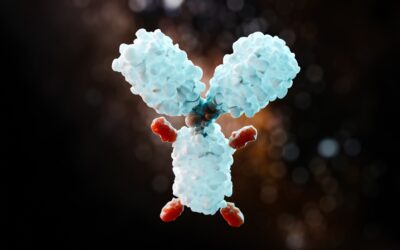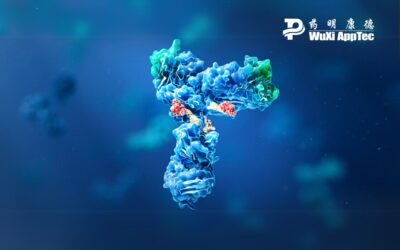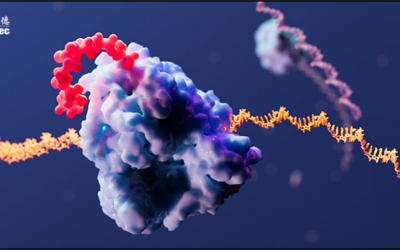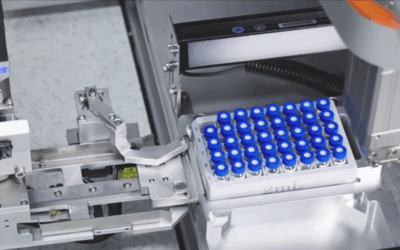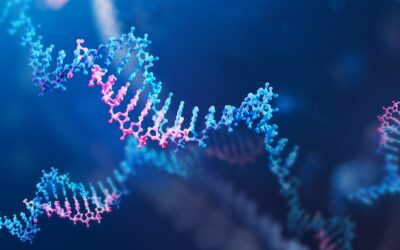Blog
DAR Research on ADCs Using LC-MS
Antibody drug conjugates (ADCs) refer to conjugated drugs formed by linking monoclonal antibodies with small molecule drugs that exhibit strong cytotoxicity through specific linkers. Depending on the structure of the linker, ADCs can be divided into two types: fractured and non-fractured. This composition means that ADCs possess the targeting ability of monoclonal antibodies and the characteristics of small molecule cytotoxic drugs, or as they are colloquially known, “precision-guided biological missiles.” This also makes the structure of ADCs complex and diverse, making the pharmacokinetics of ADCs extremely challenging and uncertain. Therefore, ADCs have garnered considerable attention as a new and efficient antibody-based drug. In recent years, with the successful approval of multiple ADC drugs worldwide, particularly since 2019, when a total of 10 ADC drugs were approved, a new wave of ADC research has begun.
From Bottlenecks to Breakthroughs: 5 Ways Automation Transforms Toxicology Scheduling
Traditional toxicology testing requires complex schedules that align task workflows with finite resources such as technician time and access to laboratories and equipment. Managing interdependent parts of the process manually with spreadsheets or other basic tools, while easily accessible, is inflexible, cumbersome, and prone to error and inefficiency . Automated platforms and workflow systems have the potential to optimize—or revolutionize—all aspects of drug development and testing to enhance speed, accuracy, and coordination.
What It Takes to Optimize Analytical Strategies for ADC Development
Antibody-drug conjugates (ADCs) represent a leap forward in oncology, enabling targeted drug delivery that minimizes systemic toxicity. But their complex molecular structure—comprising monoclonal antibodies, linkers, and potent payloads—demands a robust, highly specialized analytical framework. As ADC development accelerates, optimizing bioanalytical strategies has become a cornerstone of successful drug development.
Five Ways LNP-mRNA is Shaping the Future of Medicine
Lipid nanoparticle (LNP) mRNA technology has emerged as a transformative platform in modern medicine. While it first gained broad attention through vaccine applications, its success was built on decades of scientific discovery and bioanalytical innovation. Today, this powerful platform is expanding into applications across oncology, rare disorders, and other complex disease areas.
Transforming Drug Development: How Smart Compound Management Safeguards Integrity and Boosts Efficiency
In the current era of high-throughput screening and expansive compound libraries, traditional methods of compound management are becoming increasingly obsolete. Reliant on human handling and manual documentation, traditional systems often faltered under the pressure of scale, risking sample degradation, process inefficiencies, and delayed timelines. Early automation efforts helped address some of the procedural challenges by streamlining tasks such as weighing, plating, picking, and liquid handling, but bottlenecks remained. Persistent pressure points like sample integrity and process flexibility required more advanced intelligent solutions.
3 Therapeutic Considerations for the Future of Oligonucleotide Development
Oligonucleotide-based therapies are redefining how we approach diseases at their genetic origins. By modulating gene expression at the RNA level, these therapies offer an unprecedented degree of precision in drug development, making once-untreatable diseases targets for real solutions. This guide explores the therapeutic opportunities and innovations shaping oligonucleotide development and what it could mean for the future of patient care.
Hybrid-ELISA in the Bioanalysis of Oligonucleotide Drugs
Therapeutic oligonucleotide drugs are a rapidly developing field in drug research today. They can be divided into anti-sense oligonucleotides (ASO), ribozymes/deoxyribozymes (DN Azyme), small interfering RNAs (siRNA), microRNAs, anti-gene transcription factor inducers, nucleic acid aptamers, and more.
How Early Safety Pharmacology Studies Accelerate Drug Development and Reduce Risk
Safety pharmacology plays a critical role across all stages of drug discovery and development. In the context of translational medicine, it bridges nonclinical findings and clinical outcomes by characterizing a drug candidate’s on- and off-target effects. This insight supports the selection of compounds with favorable safety profiles for early clinical trials. Conducting safety pharmacology studies early in development is one of the most effective strategies for minimizing attrition risk and maintaining development timelines. These studies assess a compound’s impact on vital physiological systems—such as the central nervous, cardiovascular, and respiratory systems—enabling more informed and timely decision-making.
ICH M10: What the Finalized Guideline Means for Bioanalytical Scientists
When the ICH M10 guideline was adopted in May 2022, it established a harmonized global framework for bioanalytical method validation and study sample analysis. Now fully implemented by major regulatory agencies in North America, Europe, and Asia, M10 has become the international standard for bioanalytical work supporting preclinical and clinical drug development. For scientists, this represents a significant evolution in both technical expectations and regulatory alignment.
6 Factors That Can Make or Break the mRNA Therapeutic Development
In recent years, interest in RNA therapies has increased substantially. They are cost-effective to develop, relatively simple to manufacture, and can target conditions beyond the limitations of traditional small-molecule and macromolecular drugs.
Four Ways to Unlock the Potential of Antisense Oligonucleotides in Eye Care
Ocular conditions can arise from aging, environmental factors, or genetic mutations. The latter require complex treatments such as antisense oligonucleotides (ASOs), which are becoming critical tools to battle genetic and multifactorial ophthalmic diseases.
Why Non-GLP Studies Matter in Preclinical Drug Development
Before diving into the rigor and regulatory demands of Good Laboratory Practices (GLP)-compliant toxicology studies, most drug development programs begin with non-GLP studies. While not subject to the same regulatory constraints, these early investigations play a vital role in reducing risk, informing study design, and optimizing the use of resources.
